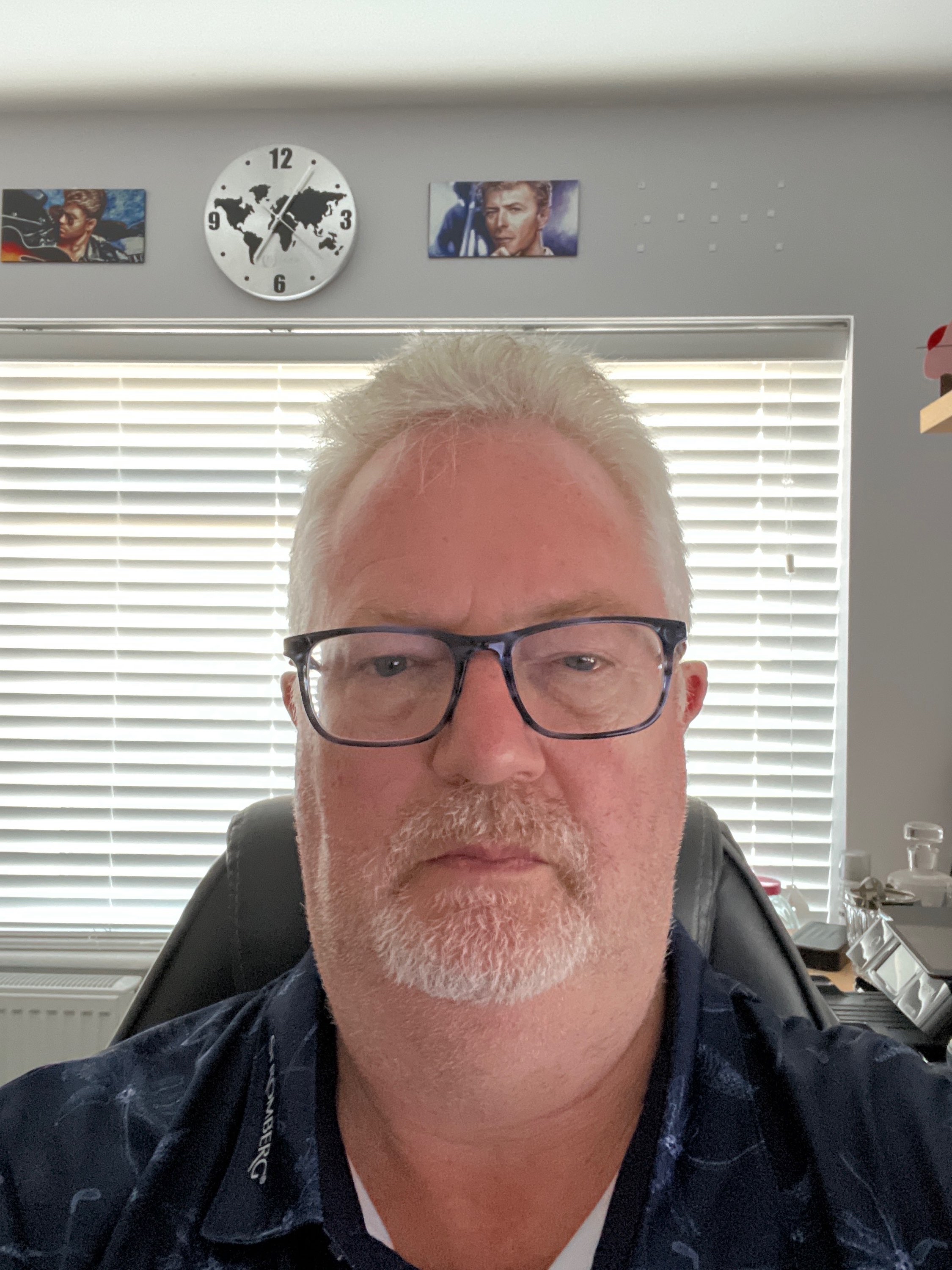Ball Aerospace and Flex collaborate to ramp up production on cost-effective flat panel antennas
- Satellite Evolution

- Mar 22, 2022
- 2 min read

Ball Aerospace, in collaboration with diversified manufacturer Flex, has started production on its Ku-Band and Ka-Band modular electronically steered antenna (ESA) subarrays at the Flex site in Austin, Texas. By leveraging Flex’s global supply-chain organization and experience manufacturing complex communications products, Ball will be able to provide these advanced satellite-based mobile communications solutions at an affordable price.
The subarrays are the building blocks for Ball’s family of ESA’s to address the growing SATCOM market. The units are fully electronic, have no moving parts or special materials, and are modular, allowing customers to meet their design and cost requirements. This architecture leverages Flex’s advanced manufacturing infrastructure and assembly processes, simplifying the production ramp and resulting in cost-effective manufacturing.
“Government and commercial users have the same needs: affordable, reliable and secure broadband connectivity everywhere, from passenger jets flying at 30,000 ft. to tactical vehicles crossing hostile territory. The ideal technology to meet these needs exists in the form of ESAs, but the price was too high to spur wide adoption,” said Jake Sauer, vice president and general manager, Tactical Solutions, Ball Aerospace. “By leveraging Flex’s high volume manufacturing experience, we can now provide more affordable solutions to both military and commercial customers.”
“At Flex, we are committed to supporting the growth of the Low Earth Orbit (LEO) marketplace and we are proud to be collaborating with Ball to bring its ESA subarrays to market,” said Dennis Kirkpatrick, vice president of global sales, Flex. “As Ball’s partner in this new space, we have already shipped the initial units and continue to support the ramp to production with our experience manufacturing complex communications products. Our Austin manufacturing facility is well suited to meet the high-quality requirements of the ESA subarrays.”
The rapid growth of proliferated Low Earth Orbit (LEO) satcom constellations and the focus of Geostationary Earth Orbit (GEO) satellite networks on mobile communications are driving demand for antenna technologies that can connect to these networks. Multiple advancements give ESA terminals key advantages over other antennas in this environment:
Their low-profile, small size and light weight makes ESAs ideal for moving platforms such as trains, planes, trucks and ships.
The arrays are electronically steered, which means they can instantaneously track and connect with multiple satellites, regardless of how quickly a platform changes direction.
The antenna is interoperable across networks, supporting GEO, MEO and LEO satellites.
With no moving parts, phased array antennas provide long-term reliability with lower maintenance costs.
To lower the cost of this technology, Ball Aerospace designed a modular ESA solution called a subarray. These building blocks are optimized by frequency band for size, weight and power, as well as for manufacturability. Flex has the capabilities and infrastructure required to insert the subarrays directly into its existing production lines, minimizing setup time and costs.



Comments